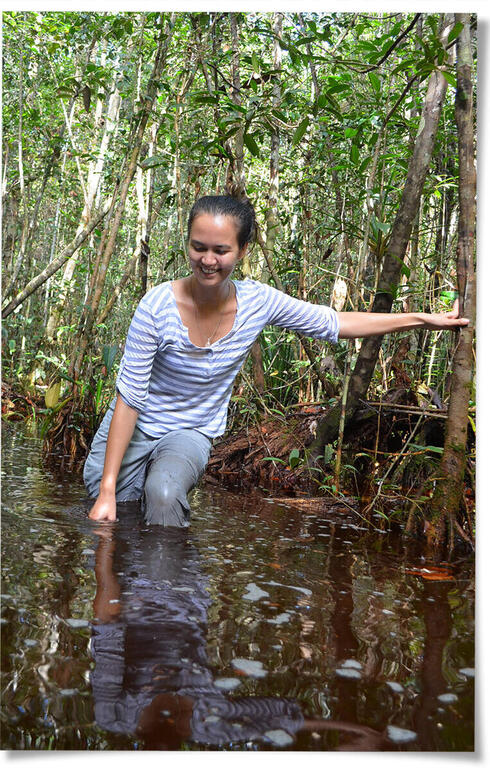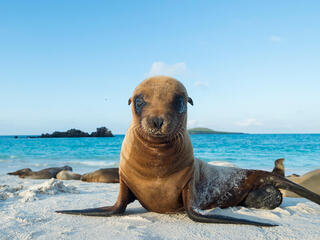I grew up in a rural mountain town in the Philippines with my large extended family. We led a fairly bucolic life, raising pigs, goats, and chickens and growing vegetables and fruits. My cousins and I would play in the nearby river and mountains, doing all the fun things that kids do when they’re in nature.
Later I went to high school and college abroad, and I would go back about once a year to visit. That’s when I started to notice changes. I watched the river turn from clear to brown to black. Houses and farms replaced the trees. There was smog, plastic garbage piled up, and the annual rains caused erosion and, sometimes, landslides.
Seeing my childhood home go from a pristine mountain town to a degraded, deforested, polluted, and overcrowded place really impacted me. It was visceral. Over time, I began to see my hometown as a microcosm of unsustainable development. While I worked on addressing deforestation with the United Nations in Indonesia, I vividly remember seeing peat forests that had been home to orangutans and gibbons burned into smoldering black landscapes as far as the eye could see.
Experiences like that have both terrified me and lit a fire within me to work harder.
Thankfully, I began to see that there is another path. I saw success stories in places I worked—Indonesia, Mexico, Costa Rica, Ecuador, Brazil—places that are investing in nature and changing the culture and the mindset of what development looks like. I saw places realizing not only economic benefits—from, say, tourism—but also the more intangible benefits of ecosystem services, such as clean air, clean water, and climate mitigation and resilience.
The work of WWF and other organizations is crucial in catalyzing success stories according to their local context. Each community, region, and country is different, so solutions must cater to their different needs. Coming from a rural community in a developing country gave me a distinct perspective on addressing environmental and sustainability issues and is something I carry with me and incorporate in my work.
Even when I’m sitting in an office working on climate models, I’m always thinking about what the findings mean on the ground. What types of conservation or sustainable management or restoration projects would work in a particular place? How do we engage with local actors to successfully implement projects and monitor their impact?



